Planetary Defense at NASA Project DART Save Us From Asteroïde
Double Asteroid Redirection Test
Dart-poster3.jpg
DART satellite impacting Dimorphos.
Names DART
Mission type Planetary defense mission
Operator NASA / APL
COSPAR ID 2021-110A
SATCAT no. 49497
Website nasa.gov/planetarydefense/dart
dart.jhuapl.edu/Mission/index.php
Mission duration 11 months (planned),
10 months (in progress)
Spacecraft properties
Spacecraft
DART impactor
LICIACube CubeSat
Manufacturer Applied Physics Laboratory
of Johns Hopkins University
Launch mass DART: 610 kg (1,340 lb),
LICIACube: 14 kg (31 lb)
Dimensions DART: 1.8 × 1.9 × 2.6 m (5 ft 11 in × 6 ft 3 in × 8 ft 6 in)
ROSA: 8.5 × 2.4 m (27.9 × 7.9 ft) (each)
Power 6.6 kW
Start of mission
Launch date 24 November 2021, 06:21:02 UTC
Rocket Falcon 9 Block 5, B1063.3
Launch site Vandenberg, SLC-4E
Contractor SpaceX
Dimorphos impactor
Impact date 26 September 2022 at 23:14 UTC, or 19:14 EDT, 16:14 PDT, September 27, 01:14 CET [1]
Flyby of Didymos system
Spacecraft component LICIACube (deployed from DART)
Closest approach 26 September 2022 at ~23:17 UTC, or ~19:17 EDT, ~16:17 PDT, September 27, ~01:17 CET (planned)
Distance 55.3 km (34.4 mi)
Instruments
Didymos Reconnaissance and Asteroid Camera for Optical navigation (DRACO)
DART Mission Patch.png
DART mission patch
Solar System Exploration program
Europa Clipper →
Double Asteroid Redirection Test (DART) is a NASA space mission aimed at testing a method of planetary defense against near-Earth objects (NEOs). Launched from Earth in November 2021, the mission will deliberately crash a space probe into the minor-planet moon Dimorphos of the double asteroid Didymos to assess the future potential of a spacecraft impact to deflect an asteroid on a collision course with Earth through a transference of momentum. The asteroid poses no actual threat to Earth; it was merely selected for the test.
DART is a joint project between NASA and the Johns Hopkins Applied Physics Laboratory (APL). The project is funded through NASA's Planetary Defense Coordination Office, managed by NASA's Planetary Missions Program Office at the Marshall Space Flight Center, and several NASA laboratories and offices are providing technical support. International partners, such as the European Space Agency (ESA), Italian Space Agency (ASI), and Japan Aerospace Exploration Agency (JAXA), are contributing to related or subsequent projects. In August 2018, NASA approved the project to start the final design and assembly phase. The DART spacecraft was successfully launched on 24 November 2021, with collision slated for 26 September 2022 at 23:14 UTC
-
 3:00:12
3:00:12
Cosmic Neighbors
1 year agoNASA to Update on DART, World’s First Planetary Defense Test
2 -
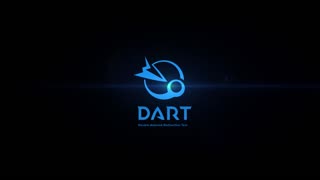 0:55
0:55
SpaceExplorerNASA
7 months agoNASA's DART Mission to an Asteroid (Official Mission Trailer) - 4K
2 -
 1:01:00
1:01:00
LoveSpaceEarth
1 year agoUpdate on DART Mission to Asteroid Dimorphos (NASA News Conference Oct. 11, 2022)
10 -
 6:18
6:18
Random Stuff
1 year agoBreaking Down NASA's Successful DART Mission
6 -
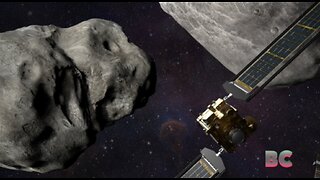 1:30
1:30
B.C. Begley
1 year agoNASA finds crashing spacecraft into asteroids is a viable defence strategy
56 -
 1:55
1:55
Three Tea Trees
1 year agoHow NASA’s DART Saves Earth From Asteroid Impact
54 -
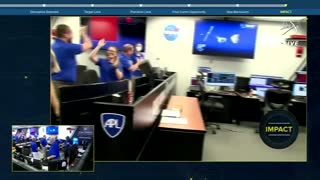 2:29
2:29
Reuters Innovation
1 year agoNASA's DART hits target asteroid in Earth defense test
462 -
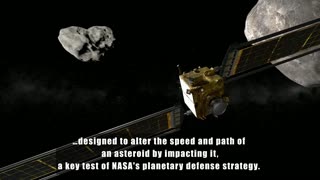 2:42
2:42
WORLDEVOLUTIONS
8 months agoNASA'S Hubble Views Aftermath of DART Impact
8 -
 1:19
1:19
Just the News Articles
1 year agoNASA confirms it shifted nearby asteroid's orbit in first-ever planetary defense test
6 -
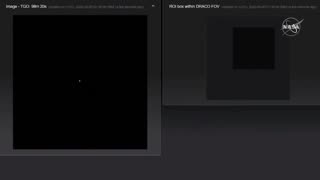 1:49:50
1:49:50
Mr
1 year agoWatch a Live Feed from NASA’s DART Spacecraft on Approach to Asteroid Dimorphos
14